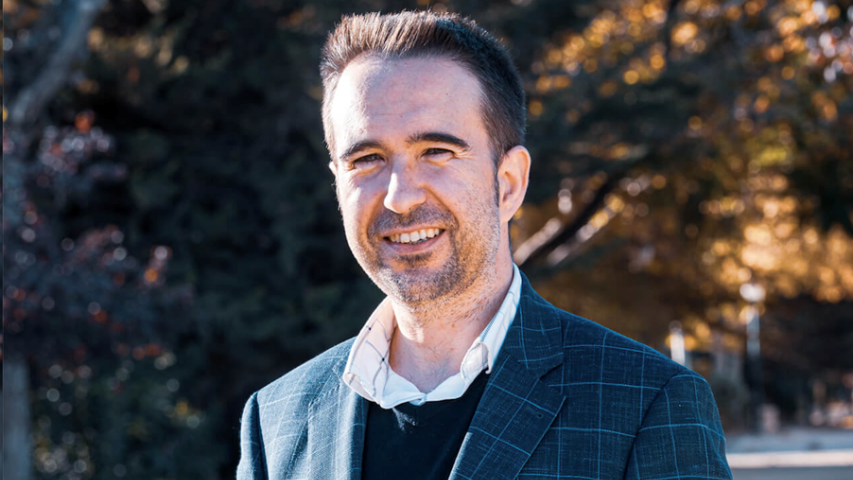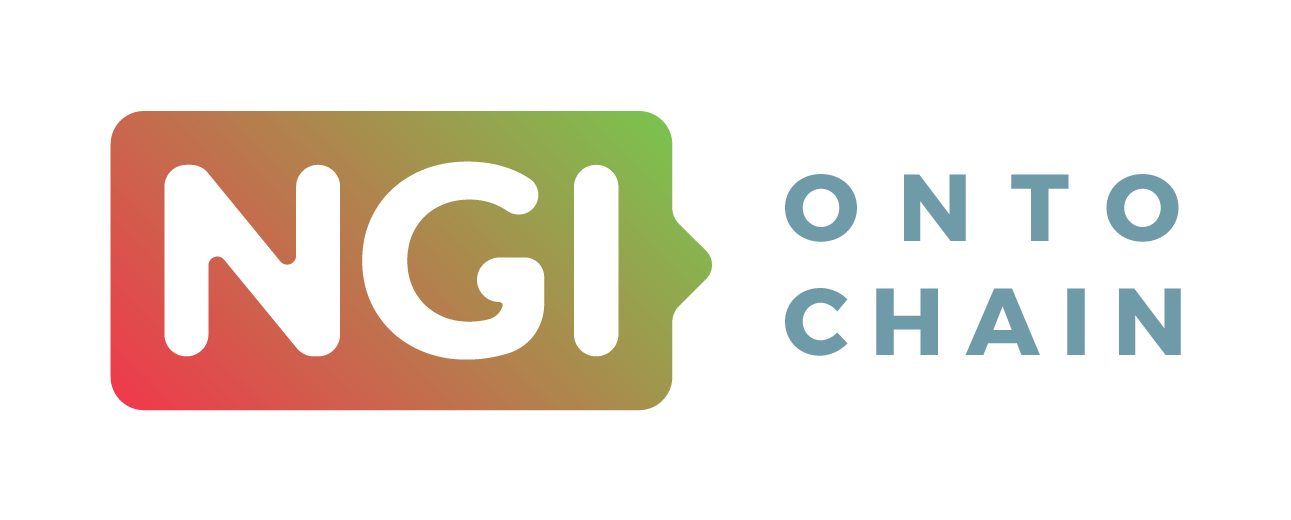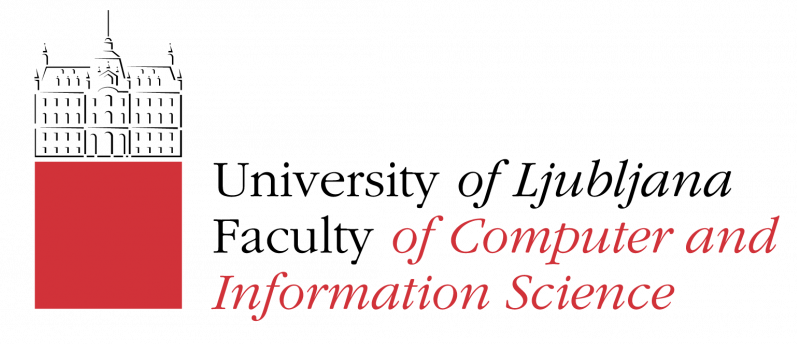ADOS project is dedicated to an advanced AI-based oracle system, for securing off-chain IoT data integrity when injecting in the blockchain. Their developments will allow the ONTOCHAIN community the chance to resort to their solution in terms of oracle handling, thus increasing the reliability, security and authenticity of any information injected to the ledger.
Find out more in this interview with the team member Juan Bautista Tomás Gabarrón.

How did you hear about ONTOCHAIN and what drove you to apply?
Thanks to F6S periodic newsletter we managed to know about this opportunity. The key trigger that moved us to apply was the fact that AirTrace is a platform that, while offering the implementation of blockchain support for IoT system integrators, it can benefit very much from decentralized oracles. Since that was one of the key focus points in the application, we thought it might be a good fit, and… here we are now.
Tell us a bit about the story behind your team. What drives you and what brought you together?
In Cubic Fort we have been working in blockchain projects for the past 4 years. The fact that I had experience working for an IoT Systems Integrator for the industry made him realize something important, sometime ago… That supplying IoT integrators with a plug-and-play SaaS platform, that allows them to integrate blockchain in their products with the most affordable pricings and without low-level complexities, could be a game-changer. That is when both decided to create AirTrace.
Can you briefly explain your project and its contribution to the ONTOCHAIN software ecosystem?
AirTrace Decentralized Oracle System (ADOS) is based on a protocol that integrates Artificial Intelligence (Anomaly Detection capabilities) in a distributed oracle system of Workers in iExec platform, that leverages the ontological relations between different sensors in the market, in order to spot potential IoT readings’ anomalies. Put differently, ADOS’ main purpose is to capture complex inter-sensor relationships and detect and explain anomalies which deviate from these relationships, by using AI-based technologies that can exploit underlying, non-visible properties of sensors that typically correlate when these anomalies show up. ONTOCHAIN ecosystem will profit from ADOS in such a way that ontologies are coupled with advanced anomaly detection schemes in order to maximize data reliability, no matter the specific IoT scenario where ADOS runs.
How did you come up with this idea? What’s unique about it? And what will be the end user benefits?
Because of working several blockchain projects, I already knew about the concept of oracles and how they are used to inject external data to the blockchain. A couple of years back I wondered, just for curiosity, how an oracle’s reputation could be increased, something that came to me again some months ago when I was investigating how IoT readings’ reliability/quality could be maximized before injecting into the blockchain. Then I thought about the chance to look for correlations between other sources that could share some attributes like location, time, weather, temperature, etc. and use that in a Graph Neural Network (GNN), in order to let the IoT network benefit from the group of nodes and their ontological relations.
What is unique about it is that we are combining anomaly detection schemes with consensus decision taking for oracles, something that has been rarely considered before. End users will have the advantage of not only blockchainizing data but also their Data Quality Factor (DQF), one single DQF per transaction. DQF will be very useful when on-site inspections take place, especially when auditors check data inside the blockchain for potential attacks (or malfunctions) that IoT devices suffered.
You are contributing to ONTOCHAIN’s mission of delivering a new software ecosystem for trusted, traceable & transparent ontological knowledge. How is ONTOCHAIN contributing to your own ambitions?
ONTOCHAIN’s rich ecosystem is adding to ADOS, and AirTrace’s value by extension, in a very remarkable way. For example, we are now supporting DKG (Origin Trail) as an alternative for our data storage schemes for applying semantic capabilities in our platform when, for example, searching for different entities inside it. AirTrace finds it fundamental to leverage its current core technology by coupling it with ONTOCHAIN’s ecosystem services, as it improves our added value in a very remarkable way. Additionally, we think that in the future several dapps in the market can highly benefit from this ecosystem and increase common value to all the parts.
How do you assess the experience of working with other teams in the co-creation of the ONTOCHAIN ecosystem? What type of synergies do you want to explore?
Working hand by hand with other teams is not only useful, but a must, given that always more points of view can gain valuable insight faster that doing that on one’s own. Synergies especially related to new technologies like Self Sovereign Identity (SSI) and Advanced Semantics are the ones we are interested in the most.
What are your expectations regarding the new software ecosystem that ONTOCHAIN will deliver and its contribution to the NGI priority areas?
ONTOCHAIN has made it very clear that next Internet must be more human and less prone to the concentration of excessive power in fewer hands. Thanks to NGI priority areas, next-gen citizens will have more real power on the decisions they make concerning their data. Last but not least, AI will play an essential role in this, as blockchain and AI are members of the same family: the future.

 This project has received funding from the European Union’s Horizon 2020 research and innovation programme under grant agreement No 957338
This project has received funding from the European Union’s Horizon 2020 research and innovation programme under grant agreement No 957338




